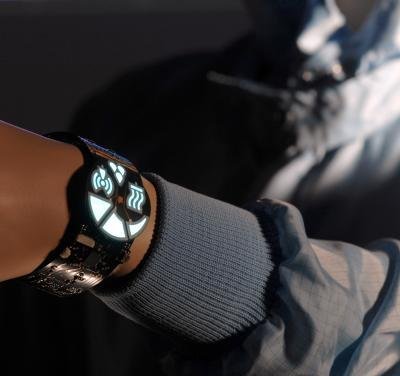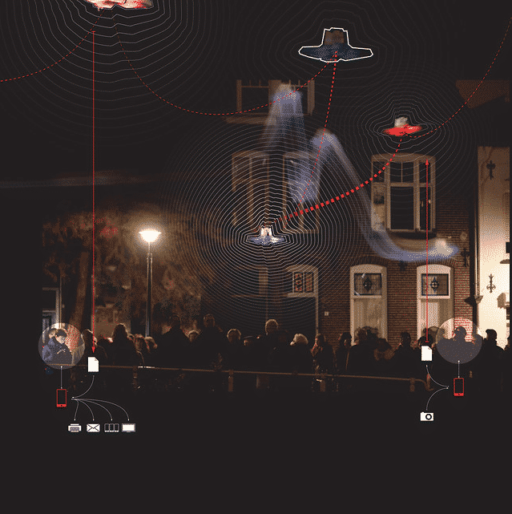There are many types of medical emergencies–blood clots, dehydration, heart attacks, etc.–that are hard to detect without a thorough medical examination. Now a team of scientists in Europe have developed a lab-on-chip wristwatch that has the ability to keep track of various bio-indicators of bodily disaster, warning wearers of impending emergencies before problems become life-threatening.

It will tell an athlete if his or her perspiration shows signs of dehydration, or whether a person wearing a pacemaker is wandering too close to a dangerous electromagnetic field. It can help an elderly person ensure his or her body temperature doesn’t climb too high, and someday might even help diabetics monitor their blood sugar levels around the clock.
This device can be an important life companion for smokers, pregnant women or the obese. They will no longer have to wait days for lab results on possible clot forming in their blood. Just like glucose tests, a drop of the patient’s blood suffices on the single-use cartridge the physician places then in a little hand-held scanner. Within minutes, the results appear on the display — and, if necessary, immediately apply the according measures. The EU project on the feasibility of the system runs until the middle of this year.
The watch itself is actually a mash-up of several lab-on-a-chip technologies, and could be customized for patients based on those conditions for which they are most at risk. Technologically speaking, new ultra-small biomarker sensors emerge all the time, like saliva tests that can instantly diagnose a heart attack, or single-drop, disposable blood tests that can rapidly scan the blood for indicators of impending thromboses. By stacking them in a single sensory device, the research team hopes to provide a means of catching potentially fatal medical incidents before they get into full swing.
Some of these systems are in their infancy and not necessarily suited for integration into a wristwatch device. The blood clot test, for instance, requires a prick with a needle and is generally only necessary in certain situations wherein the risk of blood clots is elevated, like when a patient is traveling by air (it’s also designed for one-time use).
But advances in both polymer electronics and conventional sensors have made these lab-on-a-chip biosensors increasingly small and affordable, meaning in the very near future patients at risk for a battery of illness could wear a diagnostic watch at all times, providing them with a constant stream of biofeedback.
Source: Science Daily.



Pingback: De laboratorio-en-un reloj-dispositivo puede avisar de una emergencia médica antes de que ocurran